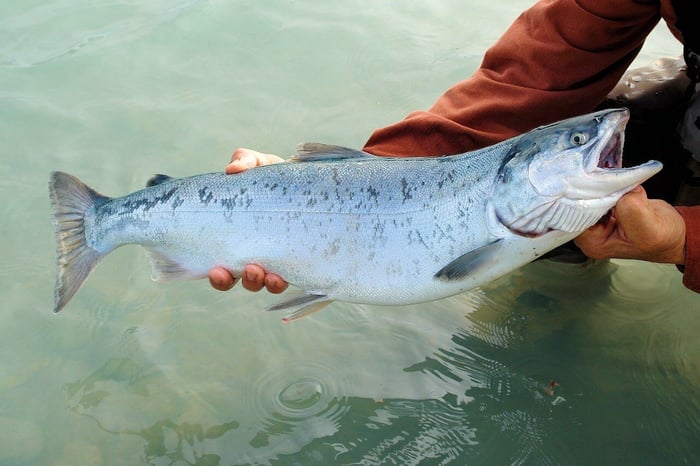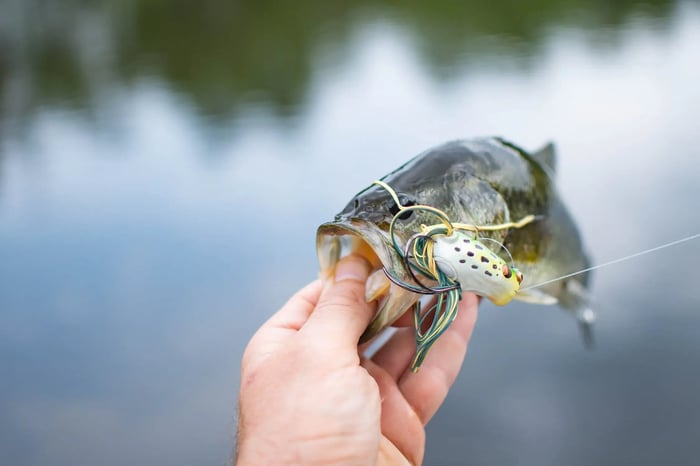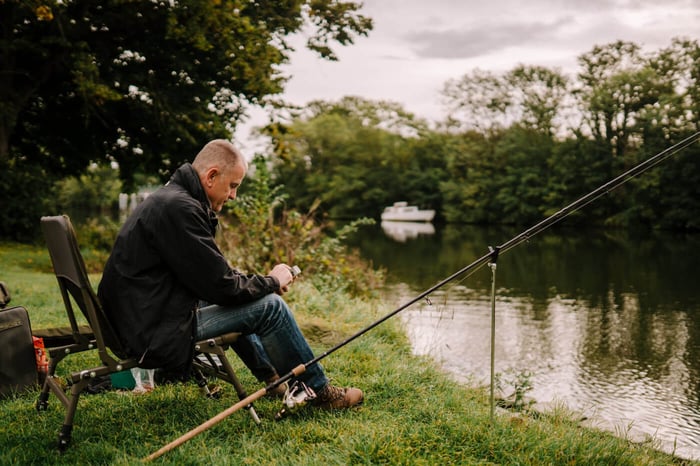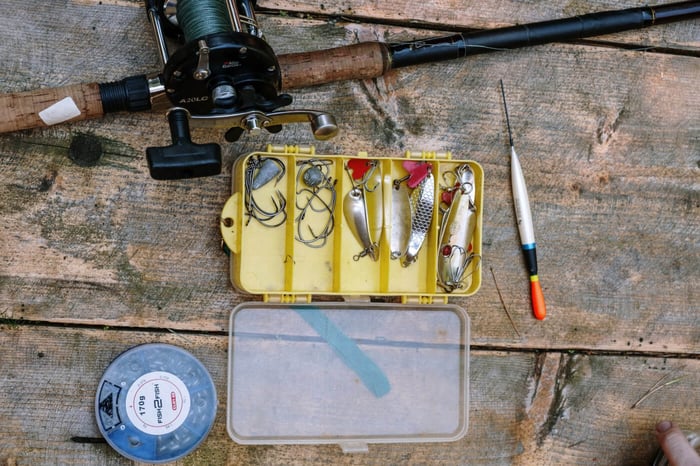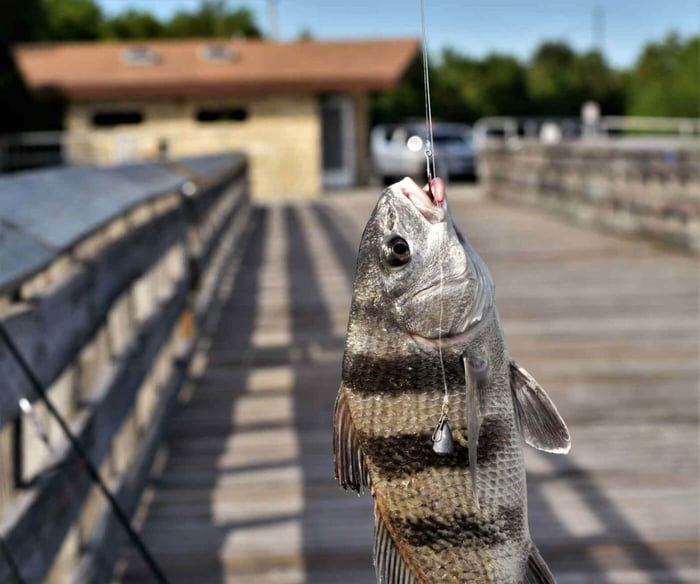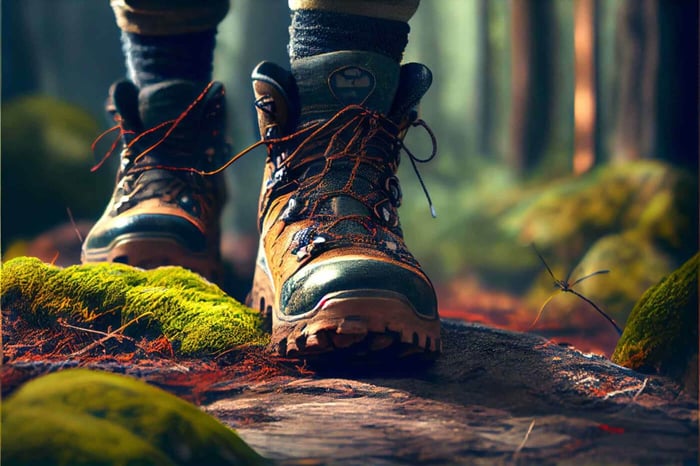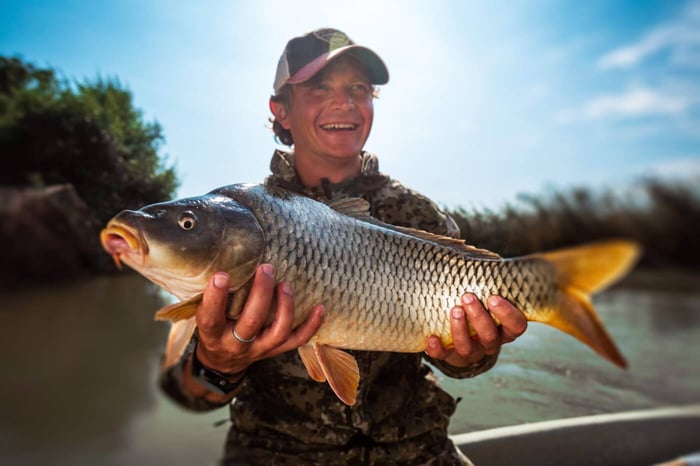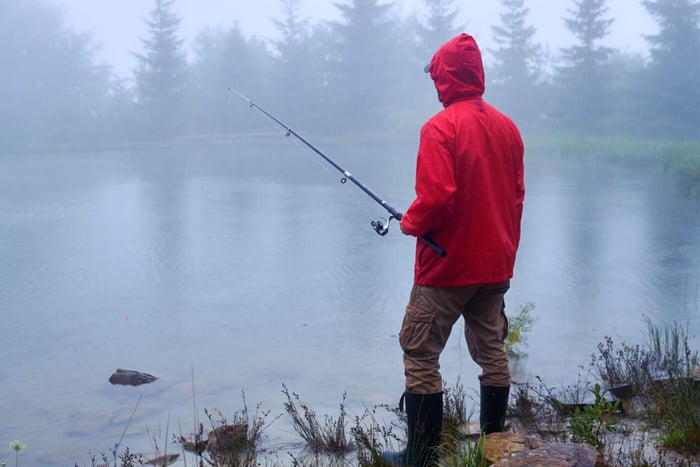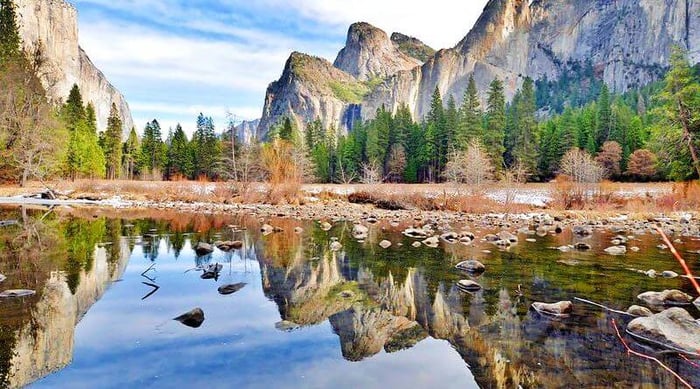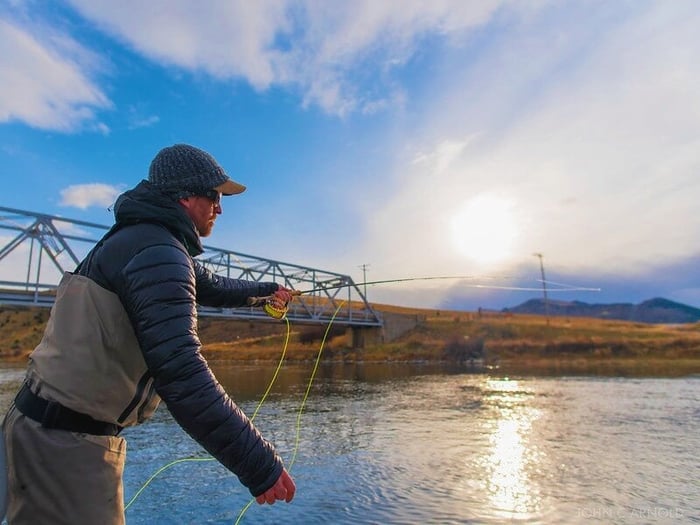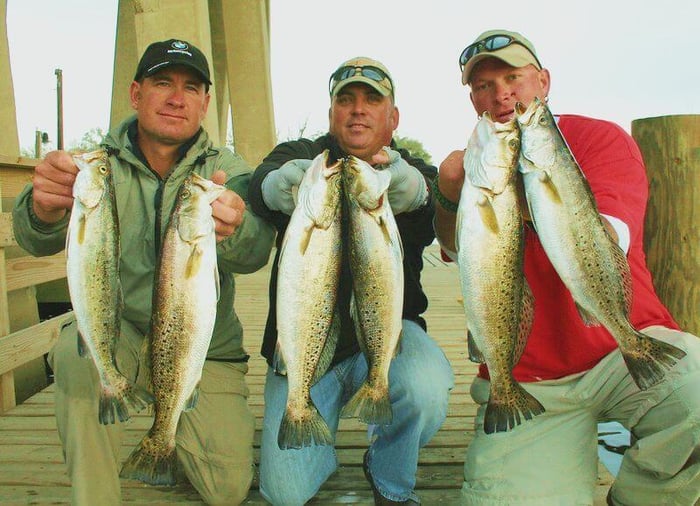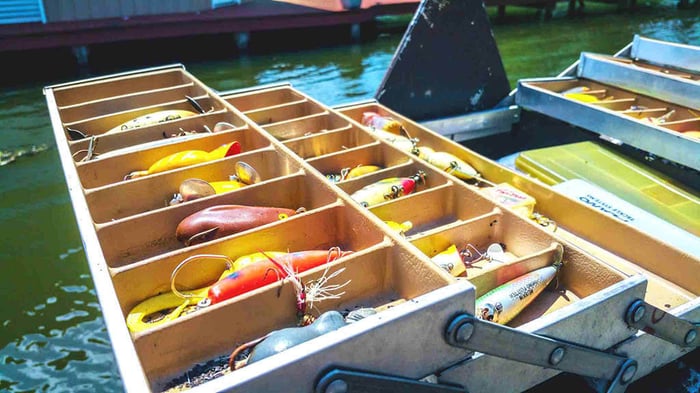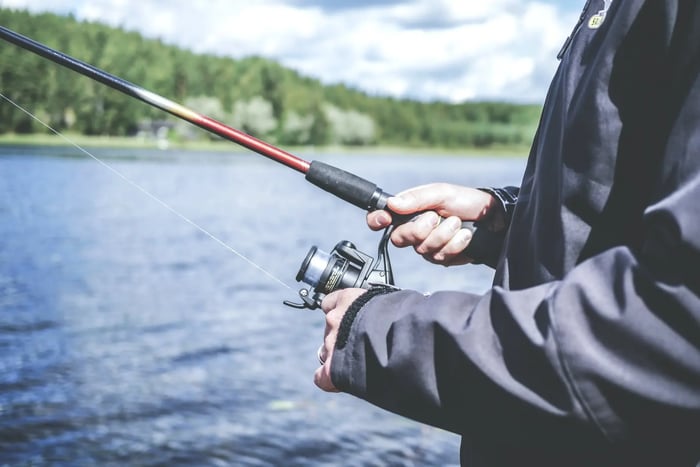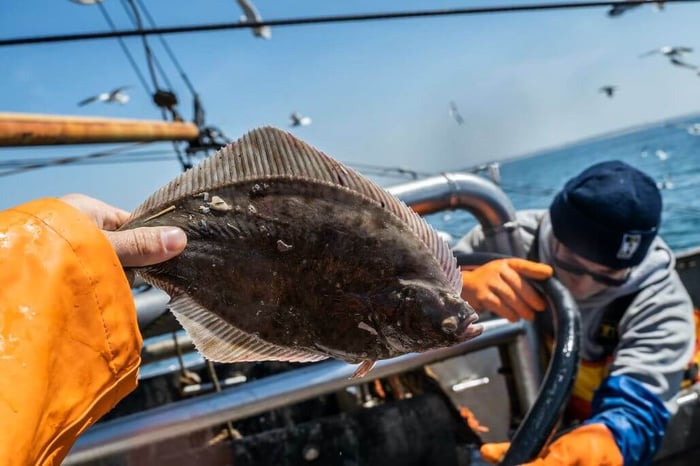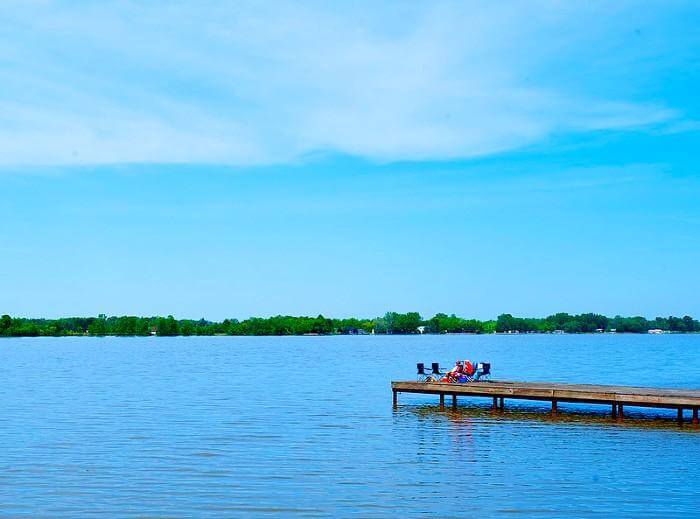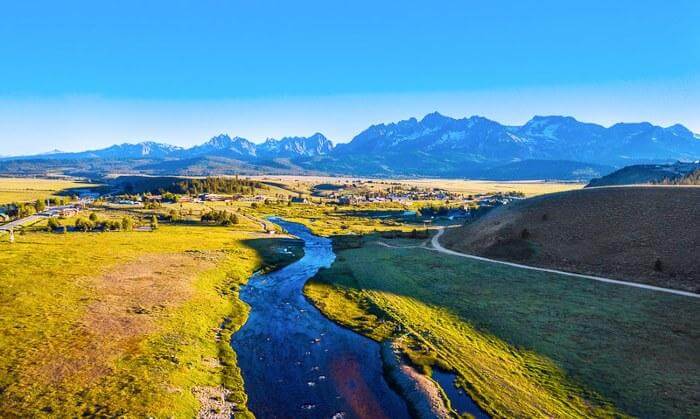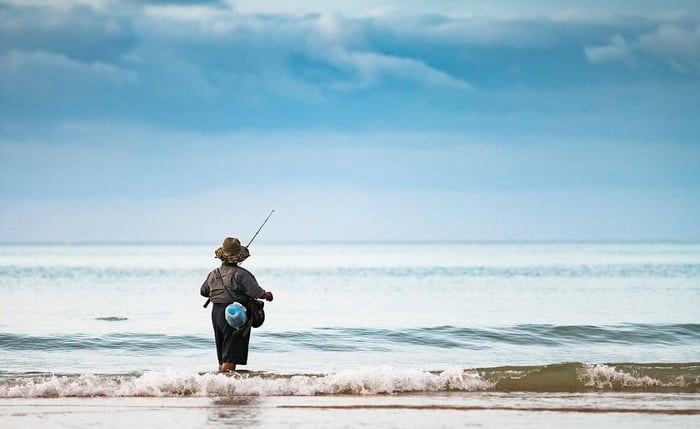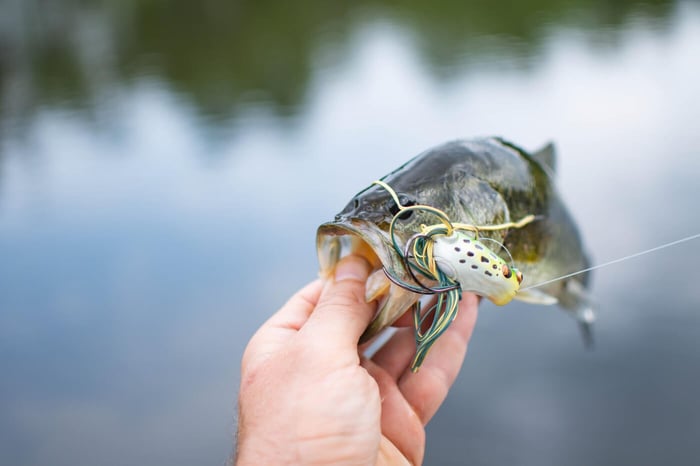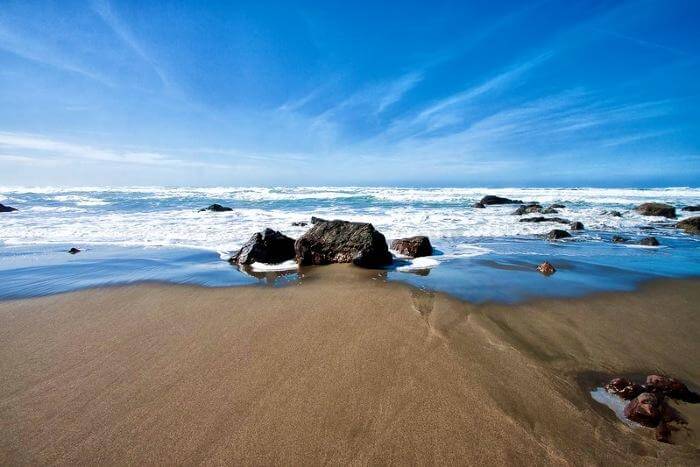KICKSTARTING FALL BASS FISHING
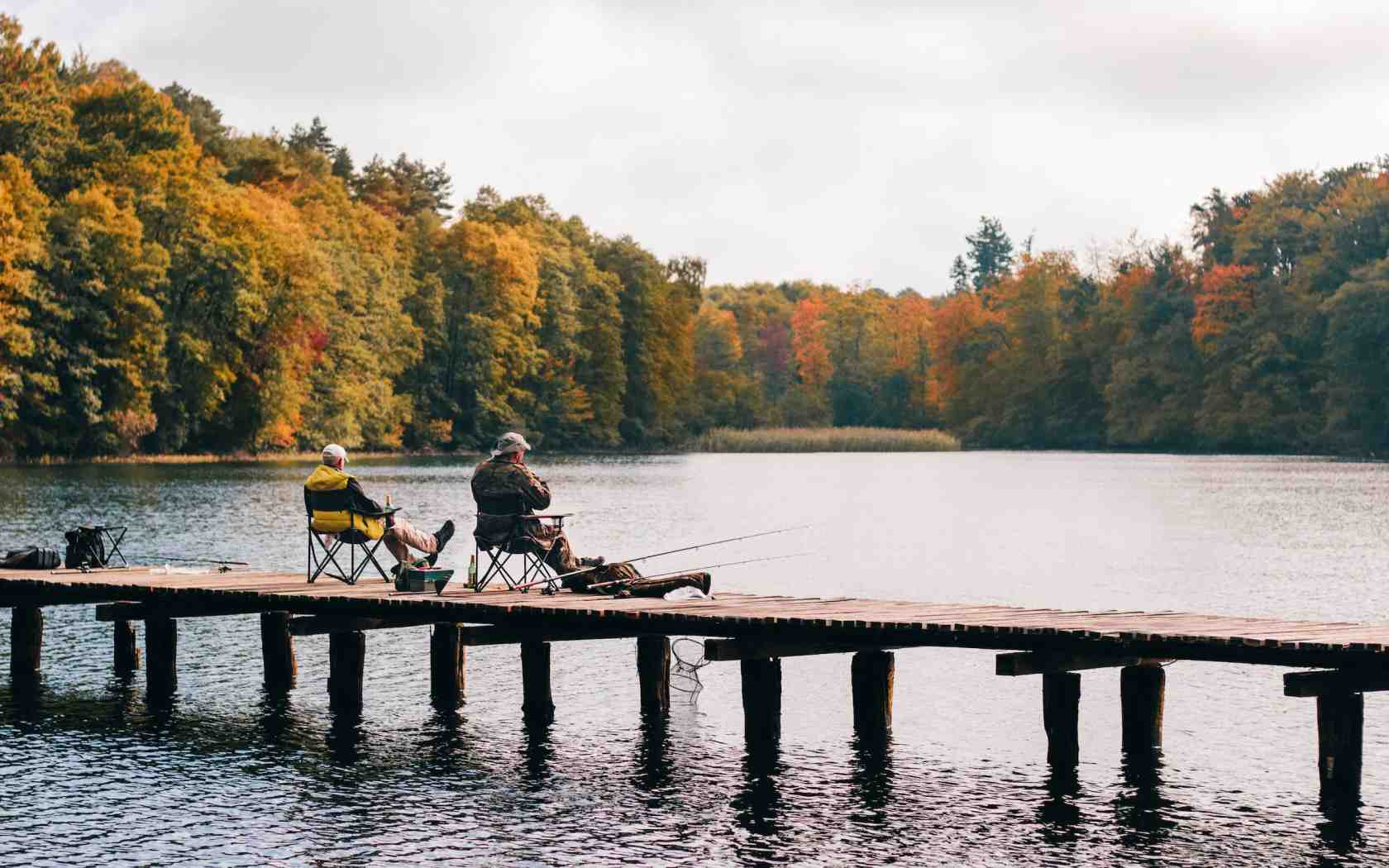
Getting ready for your fall bass fishing trip? Go easy; fall bass fishing takes patience and a little skill to accomplish. As such, you need to be quick and know when and how to respond when the temperature falls down and the bass slows down. If this is your first time, don't worry, there is plenty of room for you to learn and improve. After all, even the most professional and expert anglers were once a beginner who didn't know how to handle fall bass fishing. With years of experience, coupled with intensive research and guidelines reading, you will soon catch your first bass in the fall.
To go further, creeks in reservoirs are home to thousands of fish all year long. However, the role of these tributaries is not really to act as a fish habitat but to serve as highways for both baitfish and bass during two particular seasons. For one, during the spring season, bass migrates in groups from the primary lake into the warming waters of the creeks in hopes of finding a good location for the spawning season. The second one is during the fall transition where, starting the autumn season, baitfish on the primary lake migrate into the cooling waters of the creeks. Subsequently, bass follows therein to join in a feeding spree that typically lasts for a number of months.
Furthermore, the ever-changing conditions of the weather, as well as the turnover of lakes, initiate the start of sporadic fishing in the fall transition. Nevertheless, you can still catch on big and consistently, if you opt to locate creek bass at this time around.
Now, do you think you are ready for your fall bass fishing adventure? Wait up and continue to read on. In this article, we will talk about fall bass fishing in a general overview. Pick up some tips and tricks before you go.
FALL BASS FISHING - IS IT REALLY IDEAL?
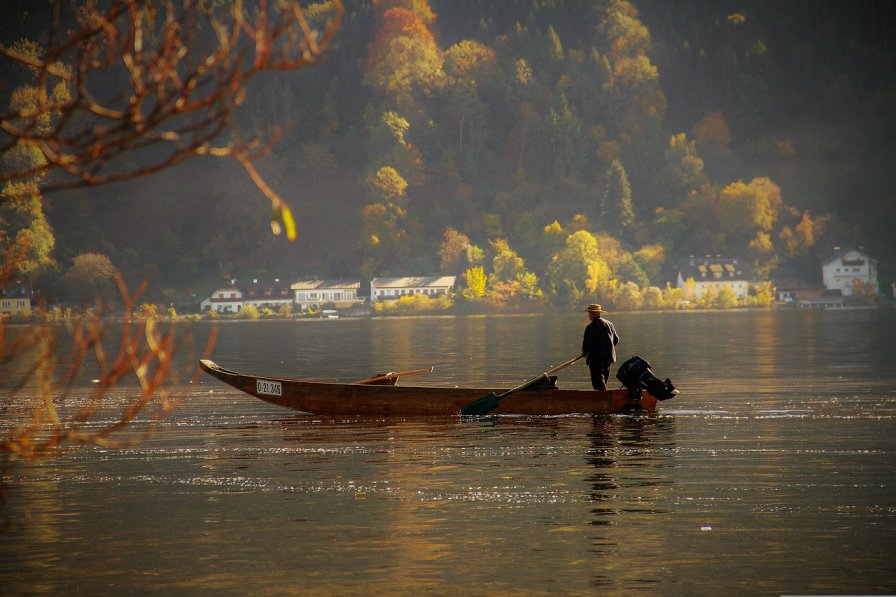
Bass, just like any other fish, performs in consideration of the seasonal water temperature changes —not to mention, other meteorological conditions. During the fall season, days become evidently shorter, while air temperature decreases by a significant amount. These changes are enough to alert the aquatic animals that "Ah, finally. It's time for winter!"
Moreover, one of the obvious indicators of the beginning of fall is when rains and storms become more frequent than the previous season. As such, you can say that the fishing conditions in early fall resemble that of late summer, while late fall is quite similar to the conditions present during the winter season.
Nevertheless, fall is a great season to fish for bass. Generally, the bass is active all year long as long as the conditions of the surroundings are set properly. However, in contrast to the other fish species that come around during summer, the best bass fishing season occurs in spring and fall. As soon as the water cools down, the bass transforms into an active and aggressive kind. During the fall season, bass relays much aggressiveness as a response to prey hunting. They typically go after crawfish or shad since these two are known for their nutritive value and calories that will keep them full and healthy until the winter.
To catch small bass, you should look out in extremely shallow water. On the other hand, looking around waters that are a few feet deeper will give you more opportunity to catch large bass. Of course, you should know that while fall is the best season for bass fishing, it won't be a piece of cake. In fact, catching bass, especially if you are a first-timer, can be tricky and unpredictable sometimes. So, be prepared to fight until you earn your first catch.
One interesting fact about bass is that they tend to be scattered, instead of grouped, during fall in certain aquatic locations. This is extremely opposite during the summer season when bass stick together. As such, finding scattered bass is definitely a much harder task so be patient and search for clues. Use the best baitfish you have in your pockets so you can successfully locate the bass.
In terms of location, you can try fishing somewhere along the green weeds because the bass is known to visit those or inhabit those areas. Another one is around piles of rocks. Bass typically resides around rocks because they are good and natural heat and shelter providers. To add, when the water cools down, baitfish will hang around the rocks, which will then lure the hungry bass to follow through.
In a general overview, if you want to succeed in your fall bass fishing trip, you need to modify some of your approach and technique according to the season, including fall.
THE MOST HELPFUL FALL BASS FISHING TIPS
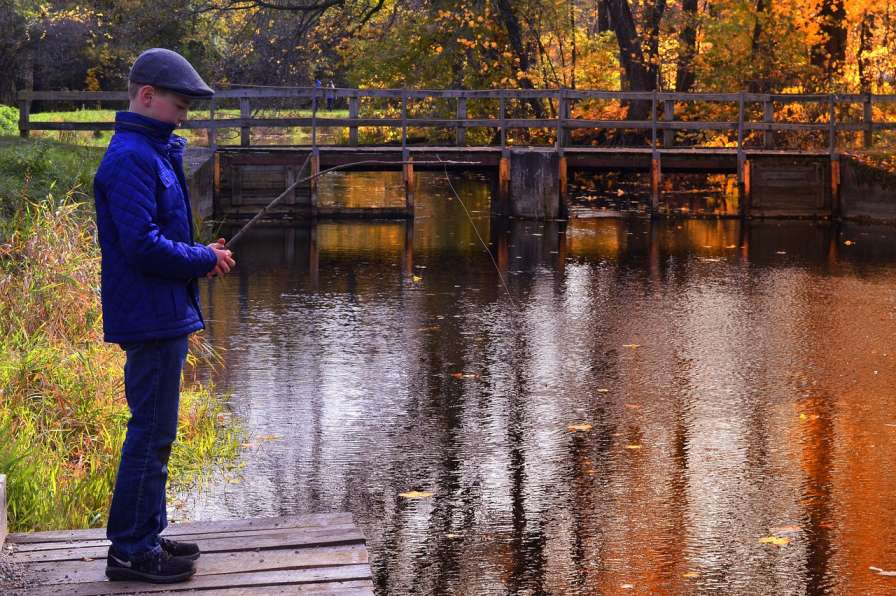
Planning to go on bass fishing in early October, just in time for the fall season to start? Take note of the following fishing techniques and tips to ensure a seamless experience. From locating bass to catching transition bass migrating along creek channels in the fall —we've got you all covered!
Check and Monitor the Weather
Perhaps the most important thing to note about bass is that they're warm-weather fish. This means that their metabolism decreases in rate when the water temperature drops —which, in turn, affects the rate of their movements as well. When this happens, you can do the best thing by slowing down your presentation, using smaller lures, and allocating more time between movements after cold fronts.
On the other hand, during the spring season (and early summer), hungry bass is more prone to getting lured into the bait, across the pond, if you present it quickly or violently. However, during the late fall, since their metabolism is incredibly slow, they will not respond aggressively to the bait since bass is trying to conserve their energy and calories without burning too much. Therefore, most likely than not, they will wait for other bait to come around that is much easier to catch and eat.
Another thing to note is that the moon phase, barometric pressure, and sunshine also affect how bass behaves in their day-to-day living. For instance, during cloudy days, when there is a gentle breeze paired with low barometric pressure, your chances of catching bass are much higher as compared to catching them during sunny days with high barometric pressure.
Of course, this does not mean that doing fall bass fishing during sunny days won't give you any catch. But definitely, it can be a point to consider.
Be Observant of the Color
When doing fall bass fishing, you should be observant of the color. As such, color is a critical factor in whether or not your bass fishing during the fall will be a huge success.
The key here is that there is a difference between the lures you throw during the early fall and the lures you throw during the later fall. Overall, you need to adjust to the kind of fishing environment that surrounds the bass so you will get more chances to catch them, especially during the fall transition.
Simply look around and take note of the colors that you see and the colors that you want to use. For example, during the early spring, crawfish-colored are the perfect baits to use. On the other hand, bright neon colors on your spinnerbaits work best during the summer.
In another example, going for neutral earthy colors is the best way to go when it's a cloudy day. You should also consider water clarity in picking the best color choice for your bait as well. Doing this prevents the risk of alternating the bass, thus giving you a better opportunity to take your catch.
Locate The Best Fall Bass Fishing Spots
Now, after taking note of the weather and the colors of your bait, you should look into the best locations to do your bass fishing adventure.
During the summer season, the bass is practically and almost anywhere in the water. You can find them along the grassy areas, stumps, laydowns, and other nearby structures and areas. However, you tend to find more in hiding out of the bass, typically along the shoreline of coves.
As such, bass is going to crowd along the shores, especially where creek channels are flowing down into larger bodies of water. In retrospect, this is the time of the year when the bass is trying to eat as much as they can in preparation for the cold weather in the winter season.
Moreover, bass will typically roam around the tributaries because small bait fish like shad and shiners —which they feed on— will go down the river and migrate into the larger water.
Still and all, one of the best fall bass fishing tips you can do is to follow the bait fish. Going further, if you find the perfect spot where there are lots of little fish, then chances are, bigger fish are nearby, waiting patiently for an opportunity to strike and eat their prey.
Generally, the bait fish will stay around shallow areas, searching for food. The shallow the water, the quicker it will warm during fall. This, among many others, is why a lot of fish —not just bass— lurk around shallow flats.
THE BEST BAITS FOR FALL BASS FISHING LURES
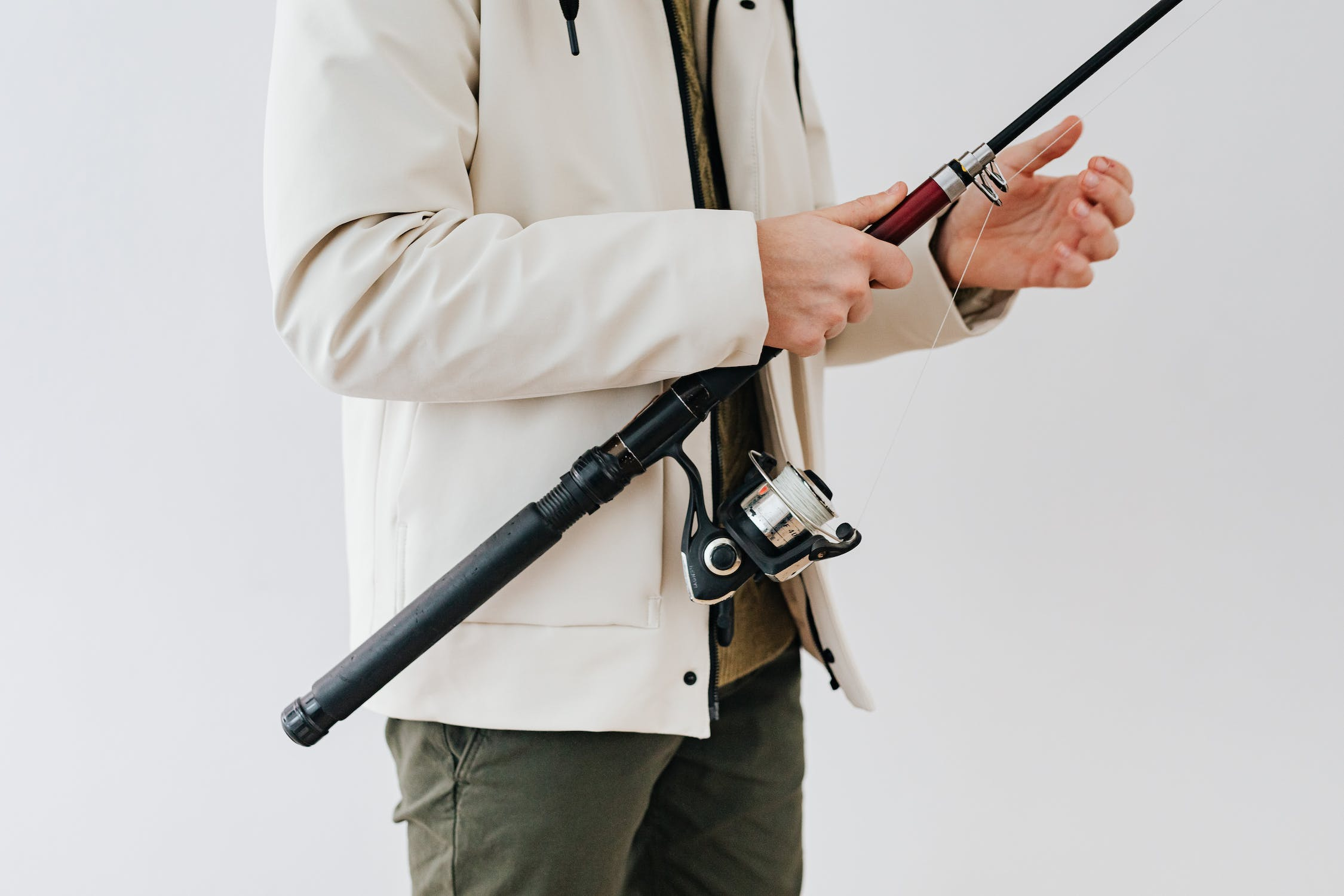
Now, let's get into detail about these four (4) specific baits that you can use during bass fishing. These baits will help you raise your number of catches and make the most of the tough days.
Spinnerbait
First on the list is the spinner bait which has been a staple bait for almost all bang anglers. In fact, this has already been synonymous to fall fishing. To maximize the effectiveness of this bait, you can use a 1/2- or 3/8-ounce double willow leaf or Colorado/willow combo for your fall fishing trip. If you have the means, downsizing this bait to a 1/4-ounce size in one of these blade combinations can earn you more bites. This is especially true if there is a lot of bait present around the area.
However, this entire piece isn't designated exclusively at shad imitators. In fact, the 1/4-ounce spinner bait is really a great bait that can do extraordinary work matching the portal for the fall. For one, it better emulates the smaller shad that are typically present this season -- which, in turn, gives you the perfect bait to which you can add erratic movements by pumping, pausing, and allowing it to ripple as it clears its path through a school of baitfish.
If you see a huge population of shad, you can rest assured that this little piece of lure works really hard to catch everyone's eye by looking like a harmed baitfish, while as yet mixing perfectly with the presence of the trap around it.
Buzzbait
Next on the list is the buzz bait, which will work regardless of its size. However, by standard, perhaps backing down to a 1/4-ounce buzz bait on a bait caster or even a smaller buzz bait on a spinning rod, is one way to increase your chance of receiving more bites in the fall.
You see, downsizing is not about the number. Sure, it will get you more bites, but the big fish might also key in on these smaller baits. As a matter of fact, some big bass caught in the fall has come on a 1/4-ounce instead of a 1/2-ounce one.
Conclusively, there is something alluring about a small buzz bait that appeals to the general population of bass during the fall. Whether they’re connected to shad on a shallow flat or bluegill along a grass line, the answer is still the same.
Crankbait
Now, let's talk about crankbait and how is it one of the primary baits in bass fishing during the fall. In using this bait, you need to find a bait that is big enough to dive up to a certain depth but is also smaller than others that hit that same depth range.
For instance, if the crankbait is a square bill, you should opt to have it smaller so you can utilize it to fish around wood and rock in 2 to 3 feet of water. On the other hand, if it’s a 7-foot diver, the best pick would still be the smaller one. In terms of downsizing, for all the obvious reasons, you should pick a smaller bait. However, you should pay attention to the bait since there are a lot of different depth crankbaits sizes.
For example, a Strike King 1.5 square bill is smaller than a Strike King 6XD. However, this is not considered downsizing a crankbait since they both respectively dive to varying depths. To give you another example, compare a Strike King 3XD, which dives 10 to 12 feet and is only 2 inches long, with a Strike King Series 5 which hits the same depth range but is 1/2-inch longer. The Strike King Series 5 is a good crankbait, however, it is a critical decision to choose the smallest lure you can get to catch the perfect strike zone of fall bass.
Lipless Crankbaits
Last but not least is the lipless crankbait. To say the least, this bait is almost the go-to lure of every bass angler. Why is that so, you must ask? This is because using lipless crankbait induces an easy fishing activity, plus it is versatile at different depths and can cover a lot of water.
On average, the lipless crankbait weighs 1/2 ounce. They also come in a wide range of sizes. For instance, a pre-spawn lipless crankbait can weigh as heavy as 3/4-ounce where they shine incredibly bright. However, during the fall, a 1/2-ounce lipless crankbait is good but a 1/4-ounce will definitely guarantee you more catch.
GO AND CATCH BIG BASS IN THE FALL
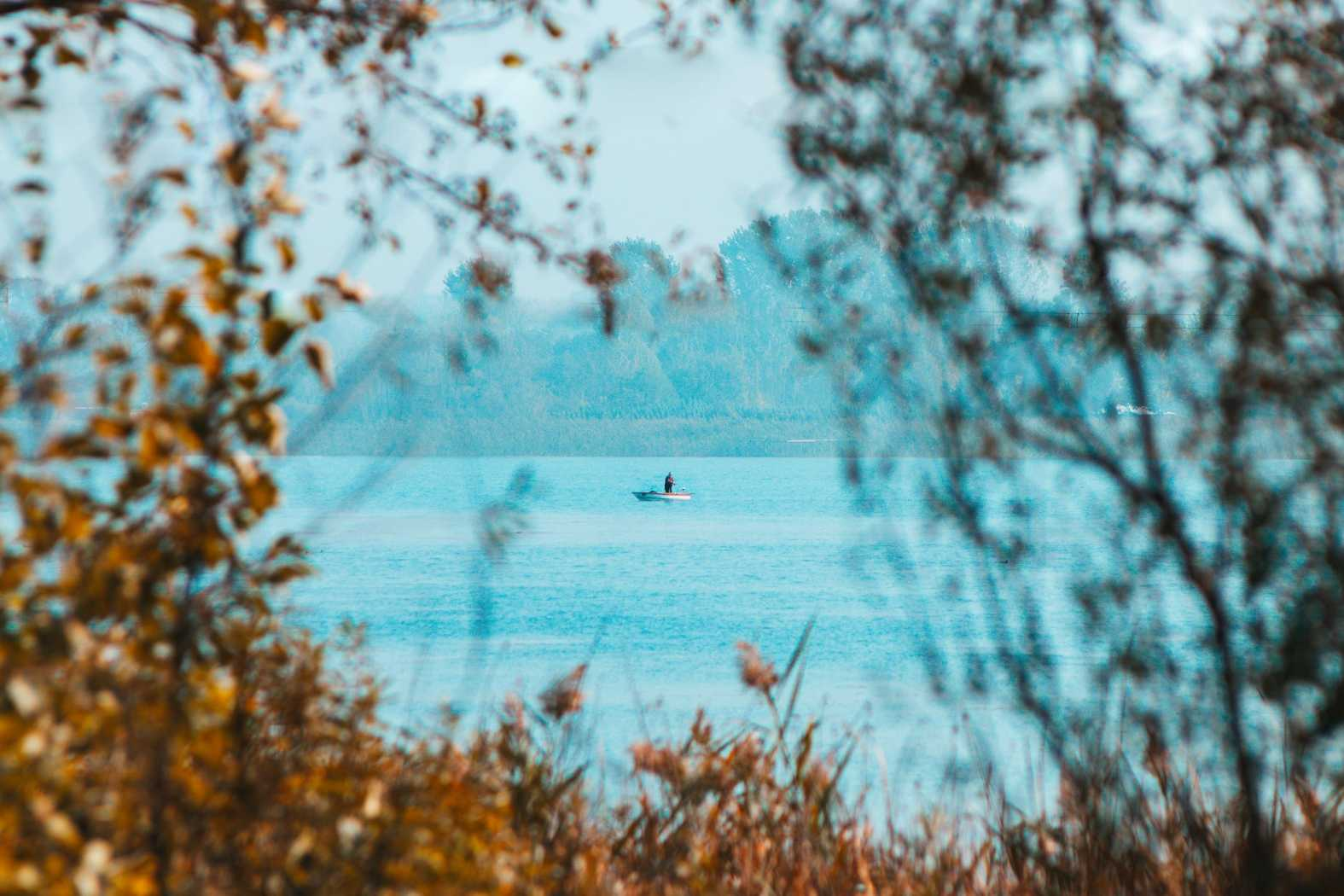
To say that fall bass fishing is hard is such a huge understatement. The fall is a highly anticipated season when most people plan a few worthwhile fishing trips with their family and loved ones every year.
Now, is it the dreaded fall turnover that makes bass fishing incredibly challenging or simply the overabundance of shallow bait that, before long, conceals any artificial lure you can throw in the water? Well, the answer is up for debate. Still, to ensure a seamless, hassle-free, and amazing bass fishing experience, take note of the tips and tricks we've listed above, and you'll be good to go.
Go grab your gear and ready yourself for some tough fight. In the end, fall fishing is either feast or famine —there is no such thing as in between.

